For years, Britain’s beloved high streets have been fighting a quiet battle.
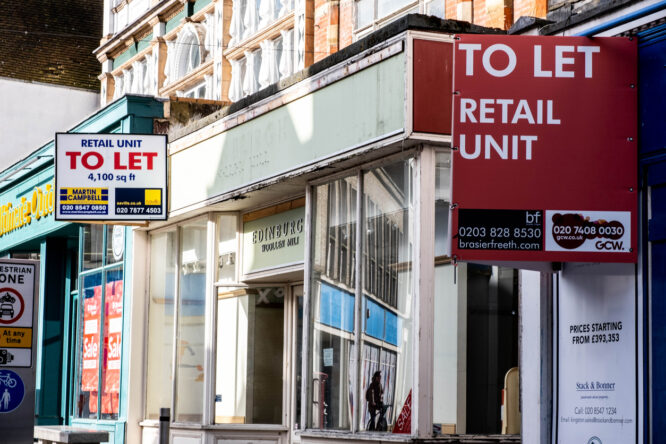
They’ve been squeezed by rising rents, online shopping, and chain stores that seem to think every town needs another coffee shop clone. However, it doesn’t have to be a sad, inevitable decline. With a bit of imagination (and a lot less red tape), the high street could absolutely thrive again. Here are some things that might just save it, if only the people in charge would stop tinkering around the edges and actually listen.
1. Lower business rates for independent shops.
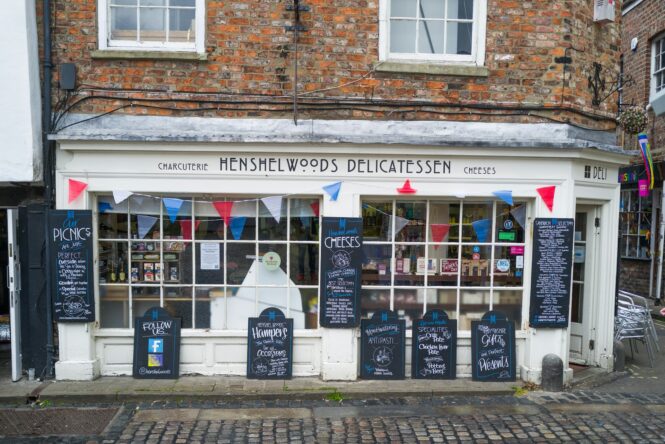
Big chains have deep pockets, but tiny indie shops often crumble under the weight of extortionate business rates. If rates were more realistic, especially for new businesses trying to get off the ground, high streets would instantly become more vibrant and varied.
It’s not just about survival; it’s about letting creativity and local culture flourish. A bustling street full of unique businesses is far more attractive than a sad parade of empty windows and ‘To Let’ signs.
2. Crack down on identikit chain domination.

How many branches of the same coffee chain does one town really need? When every high street looks identical, there’s less reason for people to bother leaving the house at all.
Encouraging more variety and offering incentives for unique, local ventures would bring back that sense of excitement and discovery that’s gone missing. Nobody ever said, “Let’s make a day of it!” about visiting five cloned vape shops in a row.
3. Create pop-up spaces for new businesses.
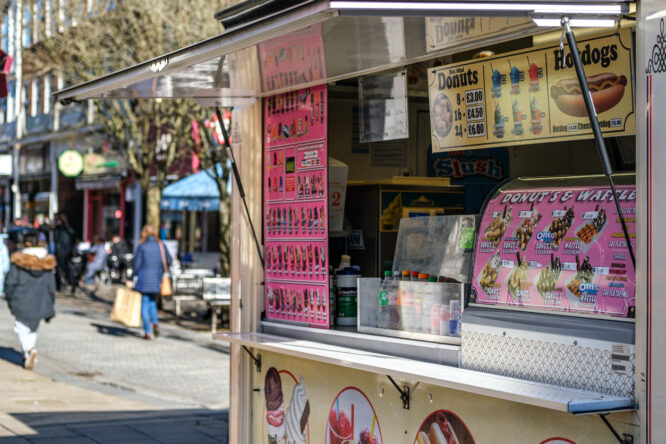
Setting up shop on the high street shouldn’t require a three-year lease and a mountain of paperwork. Pop-up spaces—short-term, flexible rentals—would let small businesses test ideas without risking everything upfront.
It keeps the high street dynamic, too. New brands, seasonal shops, and fun collaborations could keep things fresh, drawing people in to see what’s new instead of trudging past the same dusty window displays month after month.
4. Pedestrianise more areas (properly).
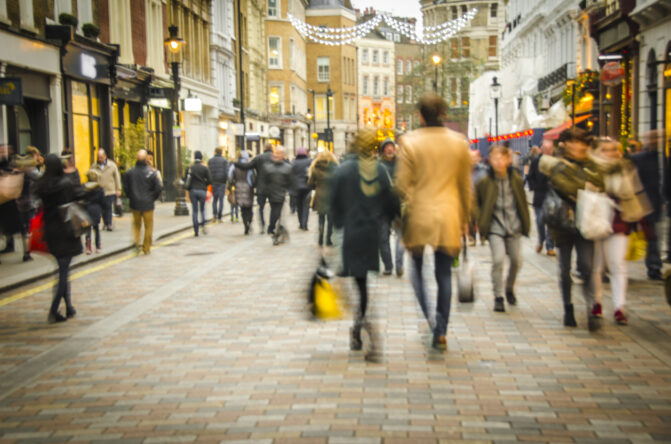
No one enjoys dodging traffic while trying to enjoy a stroll. Well-planned pedestrian zones with benches, greenery, and spaces to gather make high streets feel like destinations, not just shopping corridors.
When people can wander safely, linger longer, and actually enjoy themselves, they spend more money. It’s simple, really: make the high street somewhere you want to hang out, not just somewhere you rush through clutching your shopping bags.
5. Bring back proper local markets.
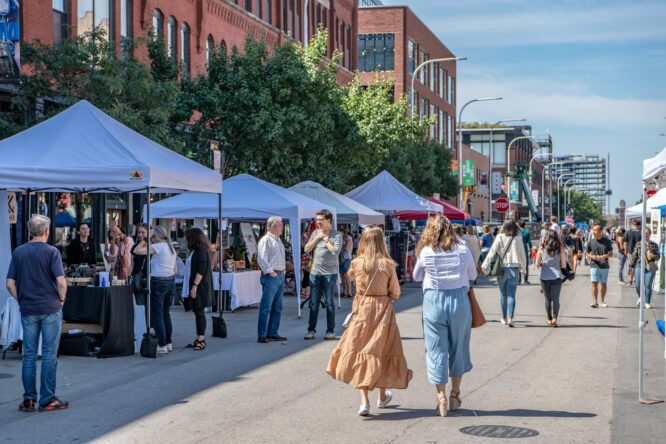
Markets aren’t just quaint throwbacks. They’re lively, community-driven spaces that get people onto the high street for fresh produce, crafts, clothes, and social buzz. Plus, they make shopping feel personal again.
Investing in regular, well-run markets would give local sellers a chance to shine and bring a bit of life back to otherwise quiet spaces. Nothing beats the atmosphere of a good market morning—coffee in hand, bags brimming with random finds.
6. Offer grants for shopfront makeovers.
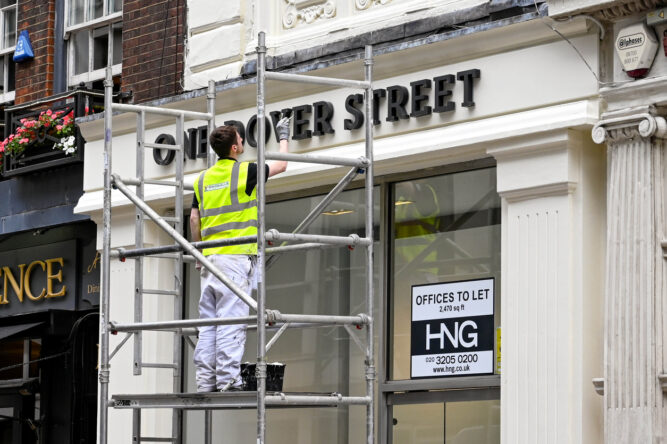
First impressions matter. When high streets are full of tired, faded shopfronts, it sends a message that the whole area’s on the decline. Small grants to help businesses refresh their exteriors could make a massive difference.
Fresh paint, new signage, lovely displays—it all creates a sense of pride and gives shoppers a reason to feel good about spending their Saturday afternoons there instead of glued to Amazon.
7. Make public transport actually useful.

Getting to the high street shouldn’t feel like a treasure hunt. When buses are unreliable, expensive, or confusing, it’s no wonder people default to their phones for shopping instead of facing the journey into town.
Reliable, affordable, and frequent public transport links, including evening services, would open the high street up to far more people. Shopping shouldn’t require a military-level transport operation to pull off.
8. Use empty spaces creatively.

Every high street has them: boarded-up shops and sad, neglected spaces dragging down the whole vibe. But these could easily be turned into art galleries, pop-up cinemas, community hubs, or even indoor gardens if someone bothered to think outside the box.
Creative use of empty spaces keeps the energy up and shows that an area still has life, even during tough economic times. Plus, it gives people more reasons to visit, and stay longer once they’re there.
9. Cut down on endless planning delays.

Trying to open a small café or independent shop shouldn’t feel like battling bureaucracy for six months straight. Endless paperwork and petty objections can kill off great ideas before they even get going.
Streamlining the planning process, especially for ethical, community-focused businesses, would make it easier to turn exciting ideas into reality, and keep entrepreneurial spirit alive instead of bogged down in forms and fees.
10. Host more community events, not just retail ones.

Not everything has to be about sales. Events like outdoor movie nights, street food festivals, book swaps, art walks, and live music give people a reason to gather, and once they’re there, shopping naturally follows.
High streets work best when they’re social spaces, not just transaction spaces. When people feel emotionally connected to a place, they’ll invest more of their time, loyalty, and yes, their money.
11. Cap rents to give independents a real chance.
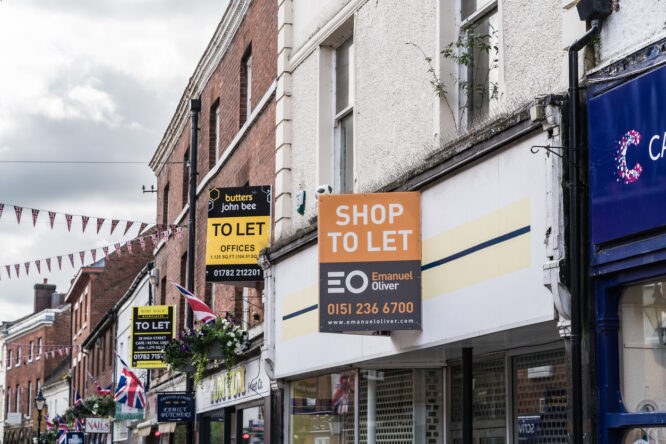
Sky-high rents benefit no one when shops sit empty for years. Setting reasonable caps or offering sliding scale rents based on business size could stop landlords from pricing out every interesting, unique trader on the block.
Supporting independents isn’t just good for quaintness—it builds economic resilience. When the high street is full of passionate, creative owners, the whole community thrives alongside them.
12. Make digital work for local businesses, not against them.

Amazon isn’t going anywhere, but that doesn’t mean high streets can’t fight back smartly. Offering training and grants for local shops to set up click-and-collect services or improve online marketing would level the playing field a bit.
Blending digital convenience with the personal touch of real-life shopping could give high streets a fighting chance in a world where people expect flexibility, speed, and a friendly smile at the same time.
13. Stop approving giant out-of-town shopping centres.

Every new mega-mall built on the edge of town sucks more life out of the centre. Shiny retail parks are great for parking lots, not so much for maintaining a lively, walkable high street.
Protecting town centres means saying no to developments that pull customers, and community spirit, away from the heart of local life. It’s about making the high street the obvious, exciting choice again, not an afterthought.
14. Offer free or affordable parking where it actually matters.
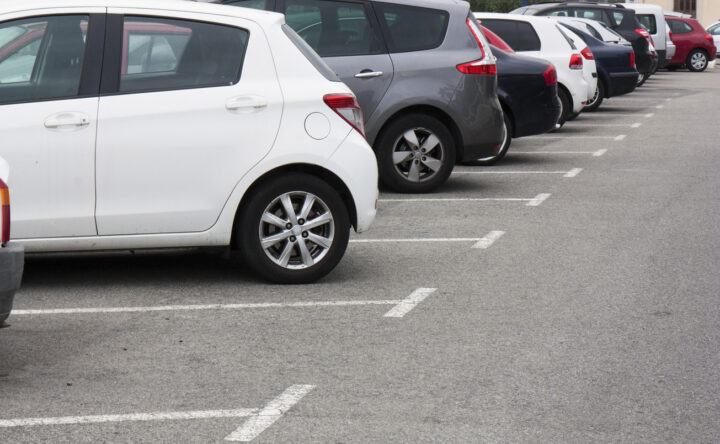
Nothing kills the mood for a casual browse around town like circling endlessly for parking, only to pay £8 for the privilege of being stressed. If high streets want to compete with out-of-town shopping centres, offering free or at least affordable parking would be a huge step in the right direction.
When popping into town feels expensive before you’ve even bought a coffee, people think twice. Making it easier (and cheaper) to park encourages more casual visits, and casual visits often turn into impulse shopping, lazy lunches, and full shopping bags by the end of the day. Everyone wins.
15. Actually listen to local people.

At the end of the day, no one knows what a high street needs better than the people who live nearby. Councils and politicians love to hold “consultations,” but they’re not much good if the feedback is ignored or watered down.
Real regeneration happens when local voices shape it, not when it’s handed down by someone who last set foot on the high street during a photo op. Trusting communities could be the biggest game-changer of all.




